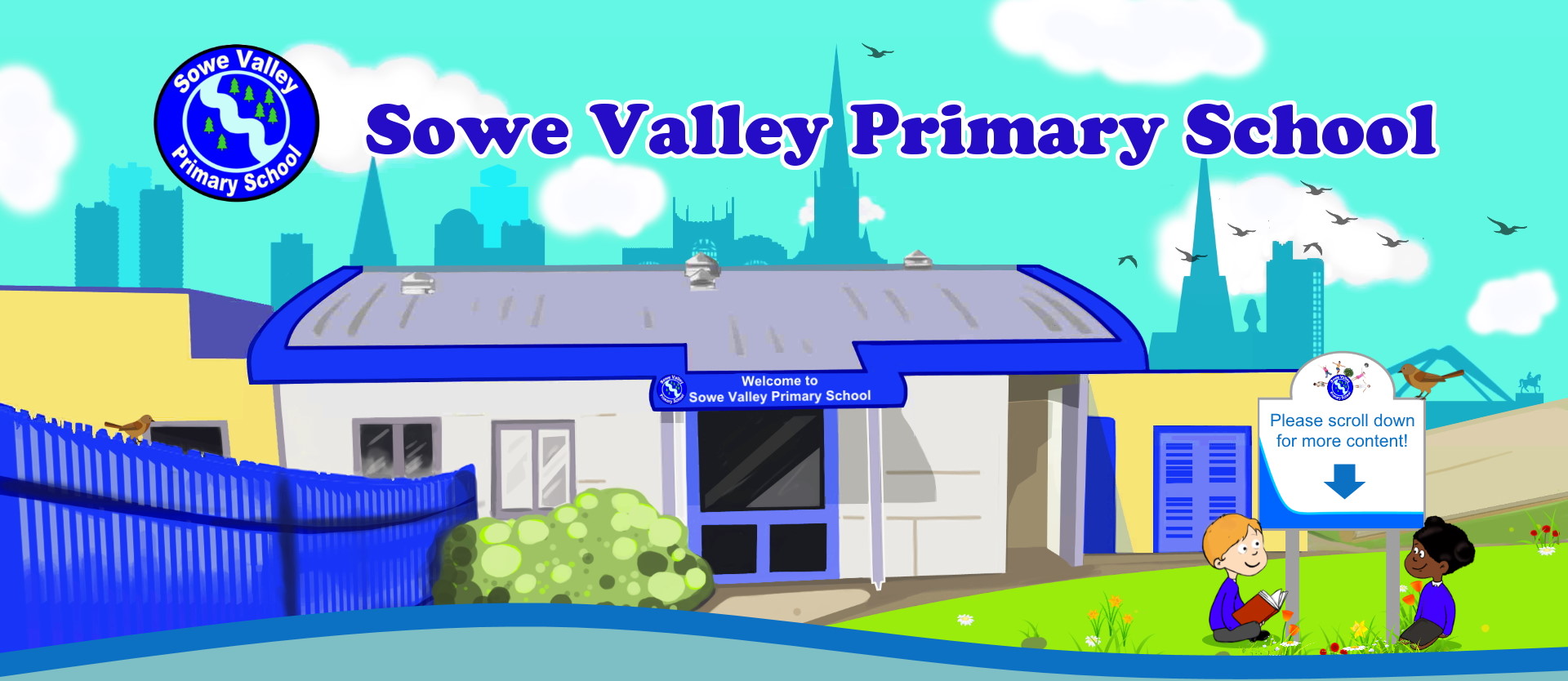
Catch-up Premium

In celebration of World Book Day, some of our teachers have shared their favourite stories for you to enjoy at home. These are available on your child’s Google Classroom stream and will soon be available to watch on our school website 🤩🤩📚 pic.twitter.com/PmGv35Ea24— Sowe Valley Primary School (@SoweVPrimary) March 8, 2024
Sowe Valley Primary School – Catch-up Premium Strategy 2020 – 2021
Funding allocation (Mainstream Schools)
Schools’ allocations will be calculated on a per pupil basis, providing each mainstream school with a total of £80 for each pupil in years reception through to 11.
Payments
This funding will be provided in 3 tranches. We will provide schools with an initial part payment in autumn 2020, based on the latest available data on pupils. We will then distribute a second grant payment in early 2021, based on updated pupil and place data. For mainstream schools, we will use the 4 to 15 pupil headcount from the October 2020 census.
The second grant payment will also take account of the initial part payment made in autumn 2020 so that schools will receive a total of £46.67 per pupil. A further £33.33 per pupil will be paid during the summer term 2021.
Though funding has been calculated on a per pupil basis, schools should use the sum available to them as a single total from which to prioritise support for pupils according to their need.
As the catch-up premium has been designed to mitigate the effects of the unique disruption caused by coronavirus (COVID-19), the grant will only be available for the 2020 to 2021 academic year. It will not be added to schools’ baselines in calculating future years’ funding allocations.
Use of funds
Schools should use this funding for specific activities to support their pupils to catch up for lost teaching over the previous months, in line with the guidance on curriculum expectations for the next academic year. (See also EEF intervention document EW )
Schools have the flexibility to spend their funding in the best way for their cohort and circumstances.
Accountability and monitoring
As with all government funding, school leaders must be able to account for how this money is being used to achieve our central goal of schools getting back on track and teaching a normal curriculum as quickly as possible.
Given their role in ensuring schools spend funding appropriately and in holding schools to account for educational performance, governors and trustees should scrutinise schools’ approaches to catch-up from September, including their plans for and use of catch-up funding. This should include consideration of whether schools are spending this funding in line with their catch-up priorities, and ensuring appropriate transparency for parents. (DfE guidance – Coronavirus (COVID-19) catch-up premium – updated 24/08/2020)
School Overview
|
Number of pupils in school YR – Y6 |
197 |
|
Proportion of disadvantaged |
% |
|
Catch-up Premium allocation (No. of pupils x £80) |
£15,760 |
|
Publish Date |
September 2020 |
|
Review Dates |
January 2021 |
|
Statement created by |
Carole Carter HT |
|
Governor Lead |
Mike Chappell Chair of Governors |
Context of the school and rationale for the strategy (With specific reference to the impact of COVID 19)
Upon re-opening on September 2nd 2020 we had a good response to children coming back to school. Attendance was stable across all year groups upon return – Reception children were brought back on a staggered basis over 2 weeks to ease the transition process since visits were not possible during Summer 2020 due to Covid 19. Overall attendance for Week 1 was ____% (Excluding Reception who were not attending on first day of return ).
- No school based or remote learning took place over the summer break. From a school management point of view this was crucial in terms of teacher workload and their mental health and emotional well-being. This allowed for teachers to come back to what will be a very stressful and tiring term in Autumn 2020 with renewed energy and professional
- Teaching focused on Reading, Writing, Maths, PE and PSHE for the first half term. As a staff we discussed the need for the use of consistent beginning of year baselines within Reading, Writing and Mathematics. Staff taught to the previous year’s Summer objectives for these subjects using assessments for learning to identify gaps in learning. More formal baseline assessments took place at the end of Autumn 1. Gaps were identified and staff focused on revising these areas through mental starters whilst moving on to teach Autumn 1 objectives where standards allowed. Other foundation subjects were re-introduced in Autumn 2 with the exception of ICT/Languages
This was due to the fact that it was felt that ICT skills needed to be reinforced to support the children to access learning should another lockdown occur. Timetabling for the Spring Term allowed an extra session each week for the teaching of languages in order to catch up this area of learning.
- End of Autumn Term assessments were used to identify particular groups where ‘catch up’ was needed and individual children. Catch up Premium will be targeted to provide this support and intervention.
Catch-up Spend Documents
